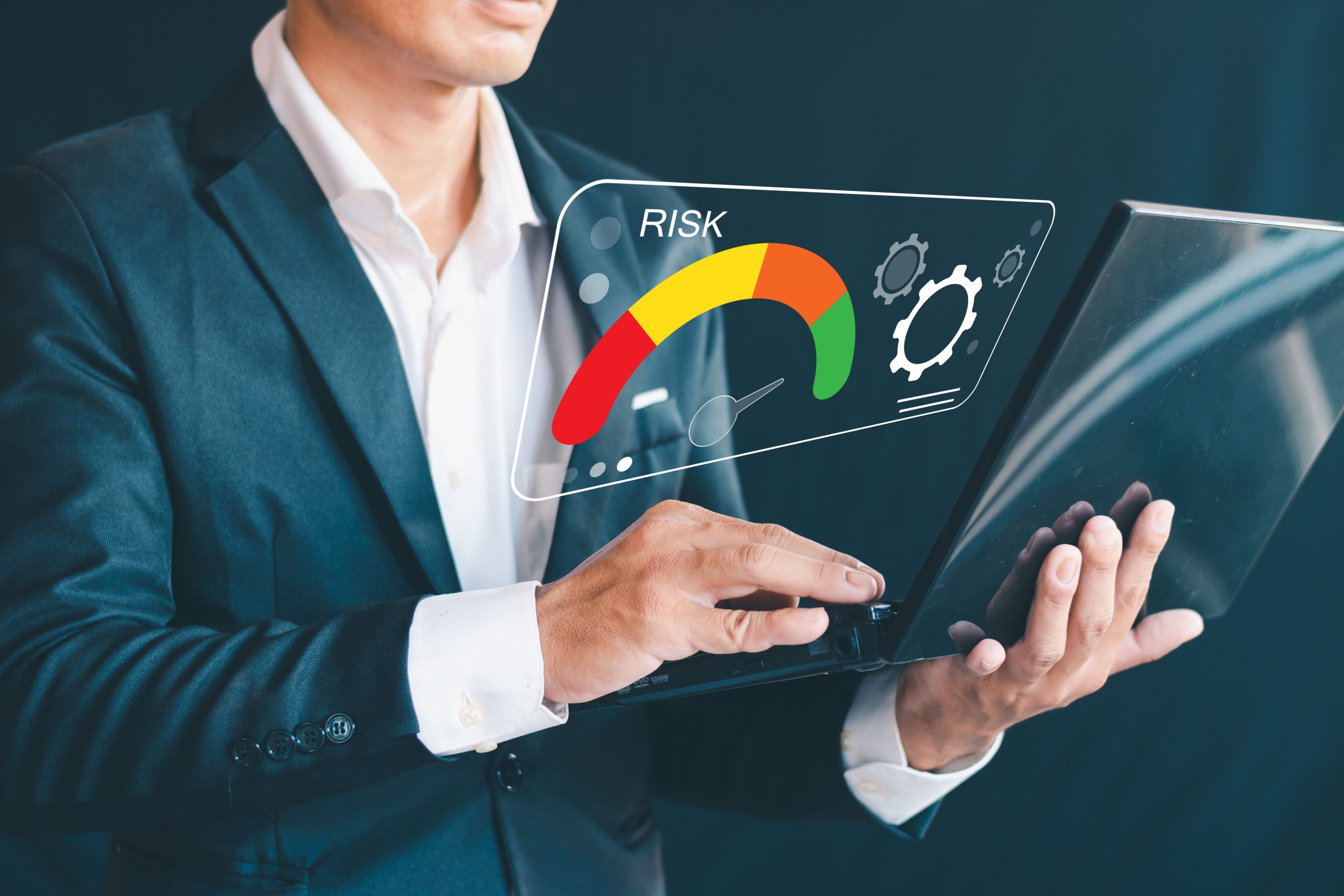Every business relies on technology, but how often do we stop to check if it’s as secure as we think? Making assumptions on how secure our networks are is a dangerous and costly game to play!
A cybersecurity risk assessment isn’t about ticking boxes or indulging in worst-case scenarios (though the latter exercise could prove invaluable, but more on that in another post). It’s about understanding where your organisation might be vulnerable before someone else does.
What Is a Cybersecurity Risk Assessment?
Think of it as a health check for your IT systems. It’s a process of identifying weaknesses, evaluating potential threats, and determining how those threats could impact your business. It is an important exercise that gives you a clear view of where your risks lie and what you can do about them.
Why Does It Matter?
Cyberattacks don’t just happen to “big” companies. Small and medium-sized businesses are frequently targeted because are easier targets with weaker security in place. More often than not, smaller organisations are not resilient enough to recover. Apart from the data stolen, they face disruption, financial loss, and reputational damage (think customer trust) - enough cripple the business.
Take the example of a UK logistics firm, KNP Logistics that fell victim to a ransomware attack in 2023. Three months later they were declared insolvent with the loss of 600 jobs. Could a proactive risk assessment have saved the company? Maybe, maybe not. However, done properly, it could have helped spot cracks and weaknesses that the ransomware group exploited.
“Hoping for the best” isn’t a strategy.
What Does a Risk Assessment Involve?
A proper risk assessment focuses on four key steps:
- Scoping: Understanding your business, the systems you rely on, and the threats you face.
- Assessment: Identifying your assets, spotting vulnerabilities, and evaluating the risks.
- Analysis: Prioritising those risks based on their potential impact.
- Reporting: Providing clear, actionable recommendations tailored to your business needs.
At BMIT, we use industry-recognised frameworks like CIS Controls to ensure a thorough and practical approach.
What Happens If You Don’t Do One?
Ignoring risk assessments is like driving without checking your brakes. Sure, you might be fine for a while, but the risks build up over time. Without regular assessments, you’re more likely to face:
- Unseen vulnerabilities: Gaps in your systems that attackers will exploit. Are your internet-facing servers secure?
- Regulatory fines: Non-compliance with a raft of legislation could lead to substantial fines.
- Reputation damage: Once trust is lost, it’s hard to win back. Customers are more apt to forgive if they know you’ve done everything to protect them and their data.
- Dependencies: As your network grows and you add new systems or software, you may inadvertently introduce new risks or vulnerabilities.
The Takeaway
Cybersecurity risk assessments aren’t just for IT experts or massive enterprises. They are important for any organisation that wants to stay secure and resilient. By identifying and addressing risks now, you can save yourself from far greater headaches (and costs) down the line.
Investing in an assessment is about preparation not fear. After all, wouldn’t you rather spot the cracks before they become unfixable?
Download for free our Cybersecurity Discovery Assessment to start your resilience-building journey with BMIT.

